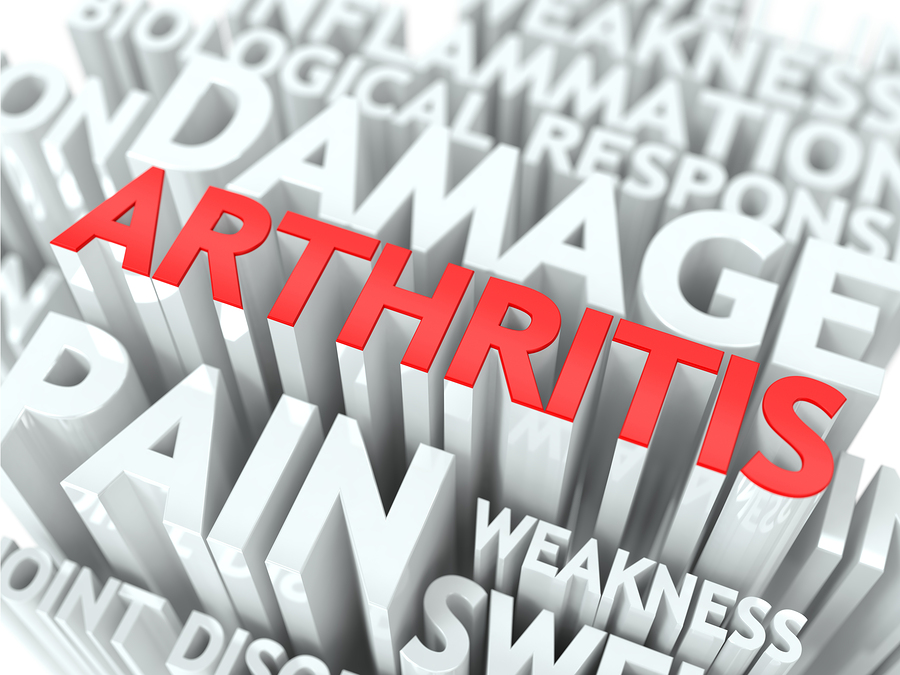 When you hear the word “arthritis,” it’s similar to when you hear the word “cancer.” Most people tend to lump all forms of arthritis or cancer into the same group. Just like there are many forms of cancer, there are many forms of arthritis that fall into one of two general categories – osteoarthritis and autoimmune arthritis.
When you hear the word “arthritis,” it’s similar to when you hear the word “cancer.” Most people tend to lump all forms of arthritis or cancer into the same group. Just like there are many forms of cancer, there are many forms of arthritis that fall into one of two general categories – osteoarthritis and autoimmune arthritis.
Osteoarthritis is the wear and tear, the degeneration of cartilage and bone at the joints as we get older. If you live long enough, you’re probably going to develop osteoarthritis. It’s a chronic condition that affects about 27 million Americans, mostly over the age of 65.
Osteoarthritis affects joints anywhere in the body, but most commonly occurs in the knee, hips and spine. A number of lifestyle factors contribute to osteoarthritis, including running and other repetitive joint trauma, the physical demands of a job, accidents, deconditioning and weight gain. An inflammatory diet also increases the likelihood of arthritis.
As cartilage breaks down, we lose the cushion between bones at the joints. This causes pain, swelling, and loss of mobility in the joint. If the cartilage completely wears away, bone-on-bone rubbing causes more damage and pain in the joints. Some cases of osteoarthritis are more severe than others and cause significant pain on a day-to-day basis.
Most other forms of arthritis fall under the umbrella of autoimmune arthritis. “Autoimmune” means the body turns on itself and the immune system attacks normal cells. In the case of autoimmune arthritis, the lining of joints are attacked. For example, rheumatoid arthritis likes to go after the ends of our fingers, while ankylosing spondylitis typically affects the spine and pelvis.
We still don’t know for sure why the body does this, although some experts believe there is a stress component that triggers the epidemiology. If three women were born with the rheumatoid arthritis gene, one could develop the disease at 25, another could develop the disease at 50, and one might not get the disease at all because the gene was never turned on. This is the functional medicine conversation about not allowing our bad genes to be activated. Autoimmune arthritis fits into that category.
Like any pain-related ailment, most people think the best way to treat any form of arthritis is with medication. That’s why Advil, Celebrex, Aleve and other pain relievers are so popular. While there is a place for medication, there are also natural methods for treating arthritis. For example, clinical nutrition is part of every treatment plan. In the next post, we’ll discuss the options and what factors we consider when developing a treatment plan.